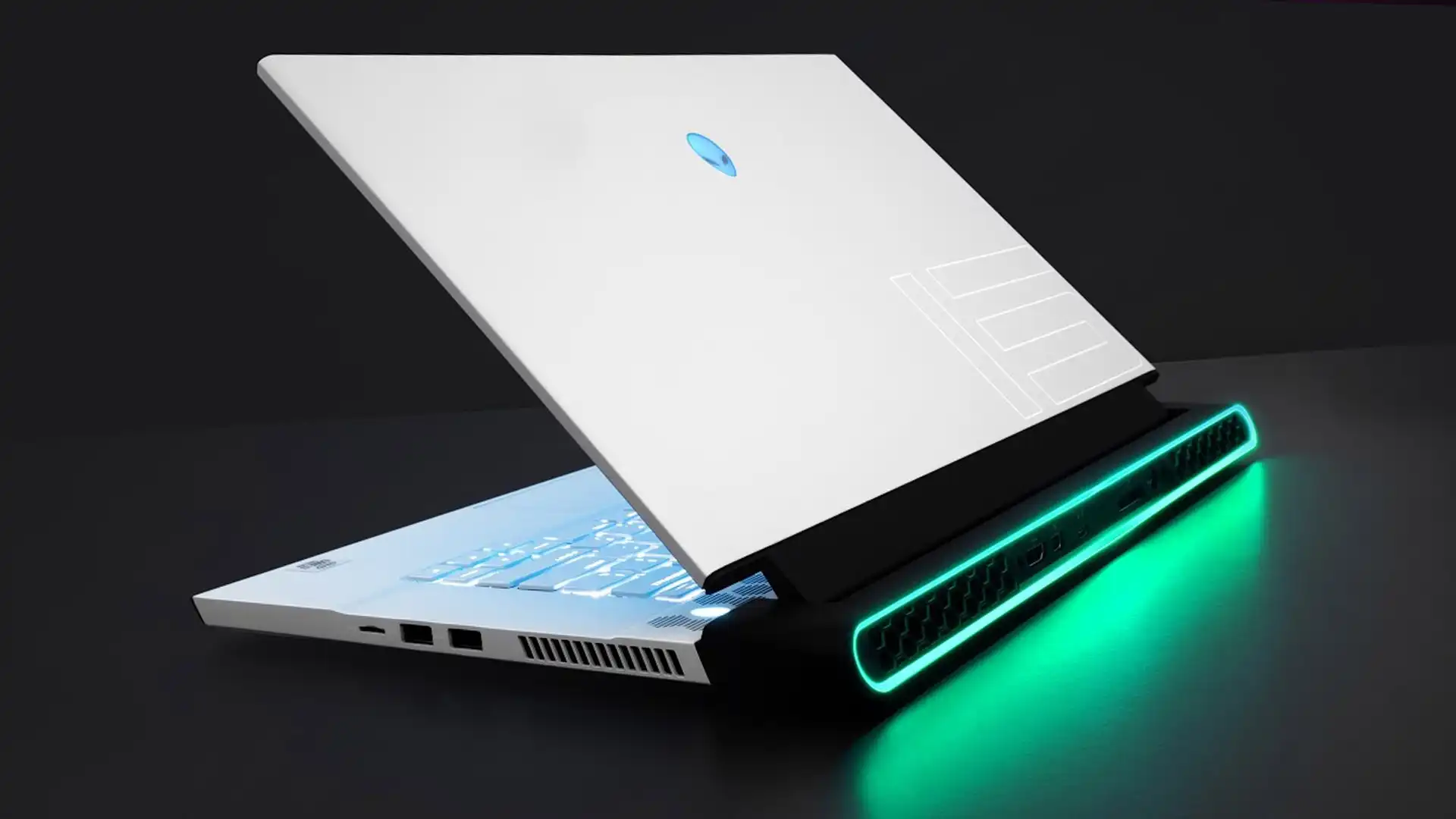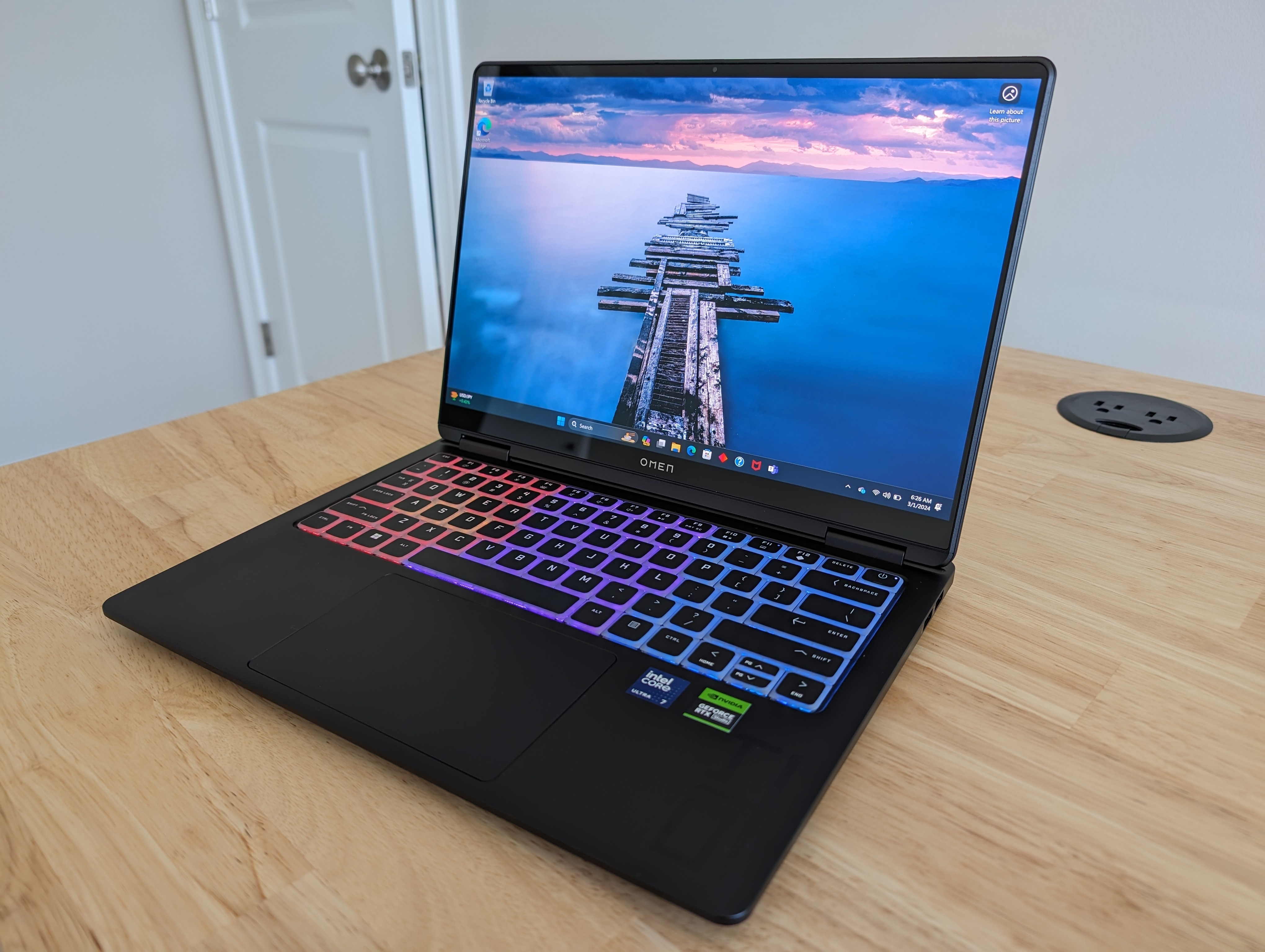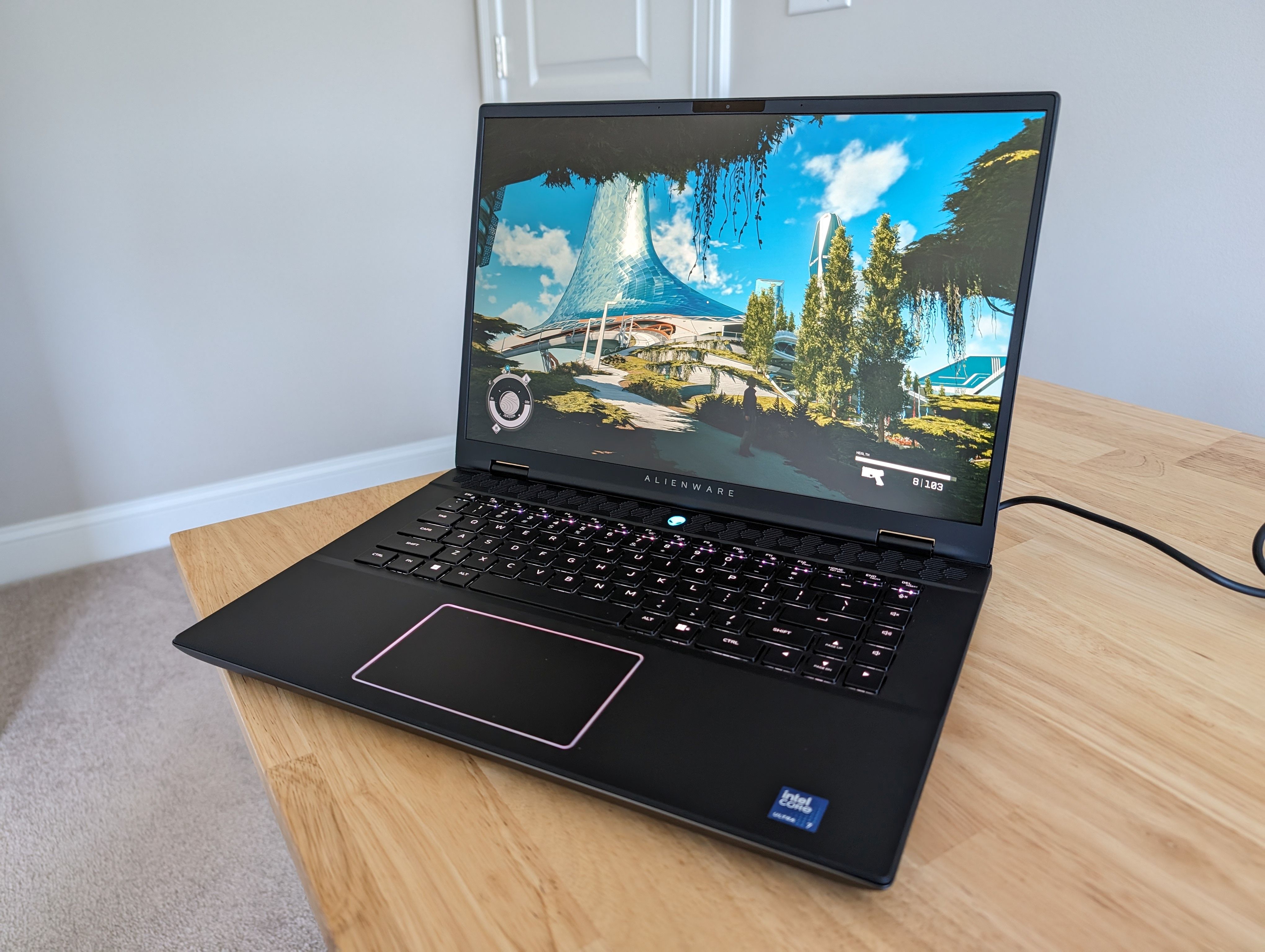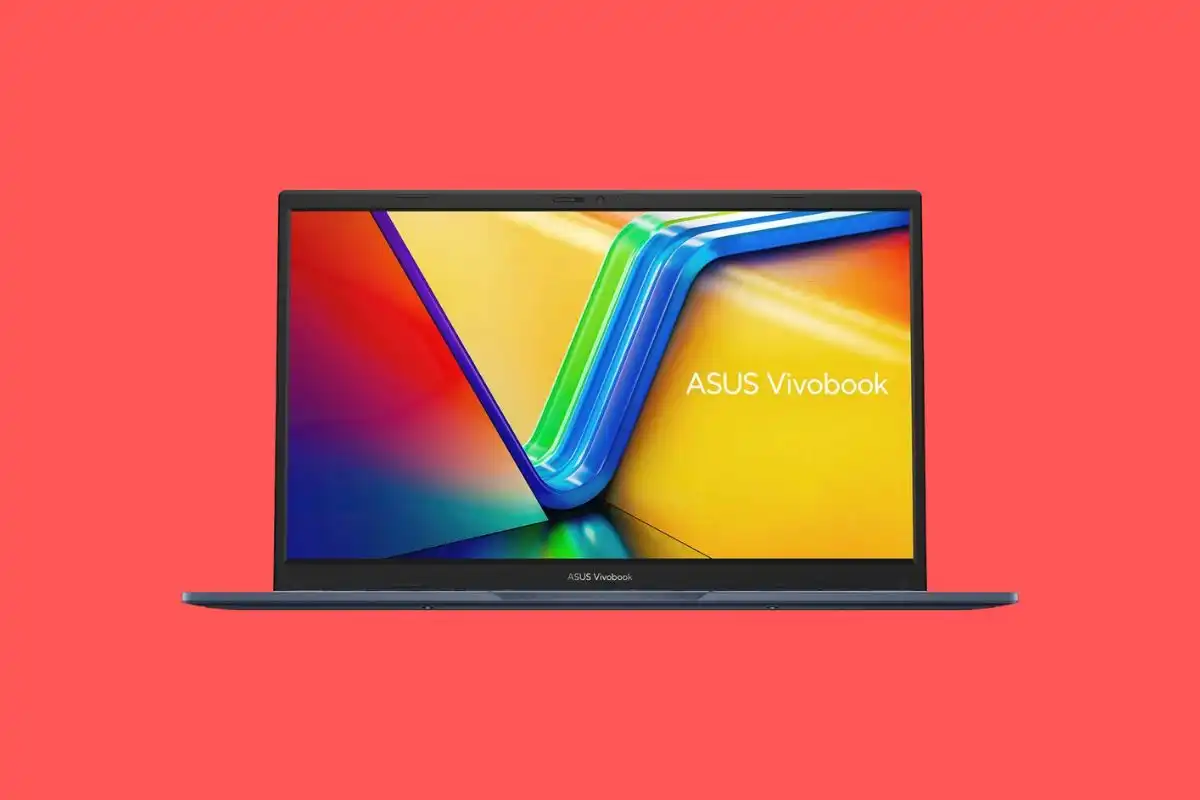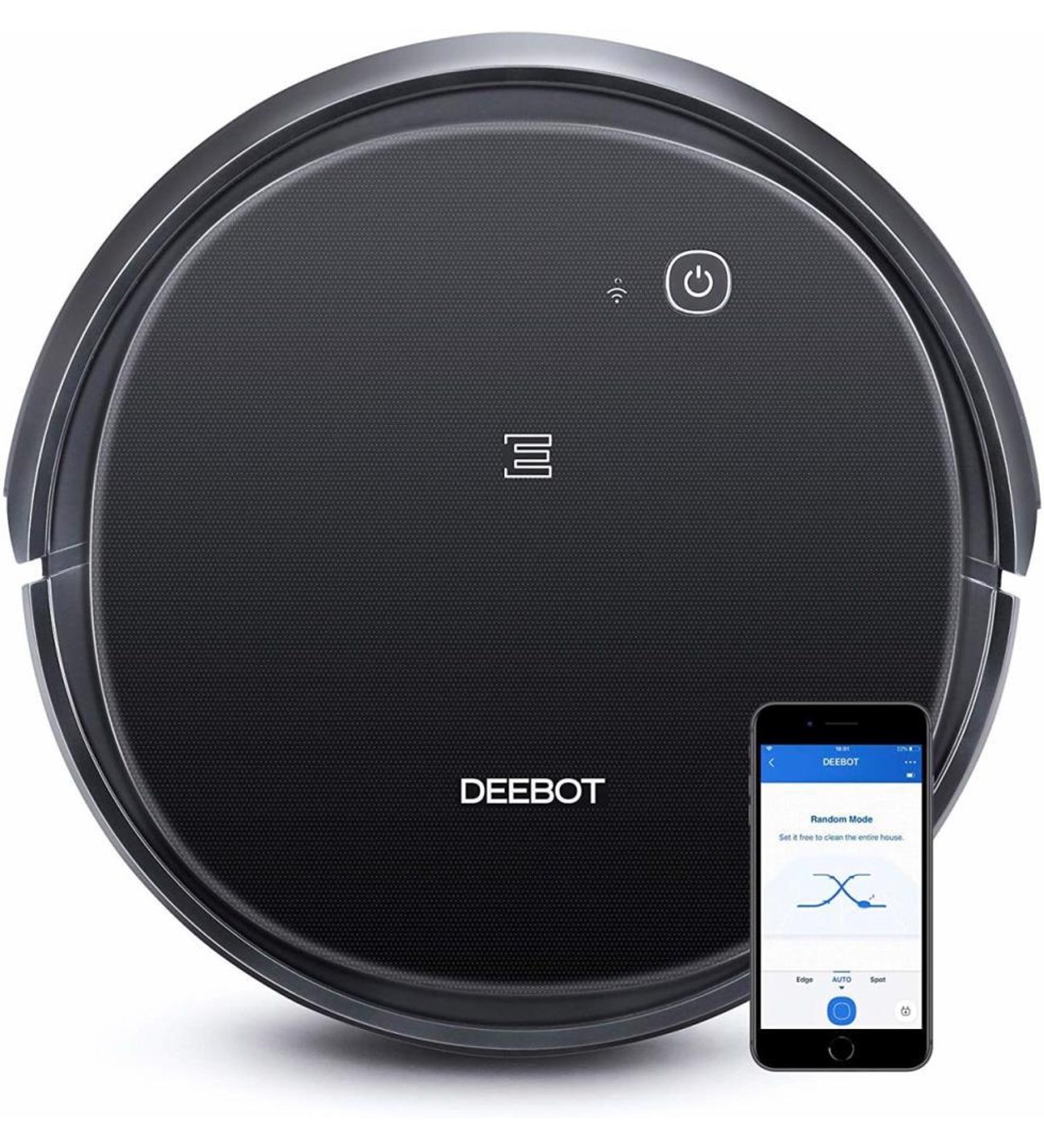If you remember a time when gamers always had beefy desktop PCs and gaming laptops were a little ridiculous, I have some good news for you: Modern gaming laptops are shockingly thin and light. They get surprisingly long battery life, too.
A gaming laptop can be your only laptop — the machine you take to coffee shops, meeting rooms, classrooms, or wherever else — and it can do it all while providing impressive gaming performance.
Gaming laptops have transformed in the last decade
I remember my first gaming laptop, purchased well over a decade ago. It was only technically a laptop — I personally called it a “portable desktop.” It could fit into a bag and go from place to place, but you weren’t ever going to use it on your lap. The battery life wasn’t great, and you wouldn’t want to turn it on in a coffee shop or meeting room as the loud fans would spin up and bother people. It also looked so aggressively like a gaming machine that people would expect you to fire up a game the moment you pulled it out, even if you happened to be in a meeting room or a classroom.
In those days, if I wanted to take a laptop out in public, I’d need a second laptop. That gaming laptop belonged on a desk.
That’s all changed in recent years. The gaming laptop market is totally different.
Yes, you can still get massive, expensive 17-inch monsters with high-end performance and power consumption to match, like the MSI Titan 18 HX.
But gaming laptops can also be thin, light, and reasonably priced. They’re often competitive with ultrabook prices, and you can get solid gaming laptops for $1,000 or less — take a look at our list of the best gaming laptops for some more examples.
Gaming laptops might be lighter than your current laptop
I’m reviewing the HP Omen Transcend 14 laptop at the moment. The review model packs an Nvidia GeForce 4060 graphics and a beautiful OLED screen along with a modern Intel Core Ultra 7 CPU. A model with those specs costs about $1,270 on HP’s online store thanks to a promotion at the moment — in the same range as a good midrange laptop or ultrabook.
This 14-inch laptop weighs just 3.6 pounds and nothing about it screams “gaming laptop” — aside from the swanky keyboard LEDs, which you can turn off. If you’re not doing anything demanding, there is no loud fan noise. Even when you are doing something demanding, the fans aren’t that loud.
Yes, you can find lighter laptops, but not by that much — one of the lightest laptops out there, Lenovo’s ThinkPad X1 Carbon, makes some compromises to get down to 2.42 pounds.
But let’s be honest, a compact 3.6 pound laptop is perfectly respectable — it’s something you can easily toss in a bag, take with you anywhere, and use on your lap without trouble.
This is a PC site so I don’t want to drag Macs into it, but I will for a moment: Everyone seems to agree that Apple’s MacBook Pros are a perfectly reasonable weight. A 14-inch MacBook Pro weighs 3.4 pounds. You can get a perfectly capable gaming laptop that can play PC games that weighs about the same as a MacBook Pro. Everyone should be able to agree that’s a perfectly reasonable weight for a portable laptop!
Of course, a larger machine is going to be a bit less portable — but even something like the 16-inch Alienware m16 R2 isn’t really all that bulky compared to other 16-inch laptops.
This is not just about rare edge cases. It’s about gaming laptops in general. Nvidia’s RTX 40-series GPUs (and the 30-series GPUs before them) were a big stride forward for the industry.
Trending for you

Gaming laptops and desktops are closer than ever.
If you remember the old days, you’ll know that desktop gaming PCs were far ahead of gaming laptops. That isn’t necessarily the case anymore.

Chris Hoffman/IDG
Gaming laptops can deliver more than sufficient gaming performance at high settings in the latest games, especially thanks to AI upscaling technologies like Nvidia DLSS and AMD FSR, which can render games at a lower resolution and then upscale them to look better — adding details — offering a high-quality picture at a lower performance cost.
But that isn’t the full story. It’s not just that gaming laptops are good — it’s that these mobile graphics processors are surprisingly close to the performance of desktop graphics processors.
Since we’ve just been talking about a laptop with Nvidia RTX 4060 graphics, take the difference between a laptop RTX 4060 and a desktop 4060 for example: It’s tiny. The laptop and desktop part with the same name are nearly identical, with the desktop part delivering just a few more frames per second in benchmarks.
Things are a bit different once you get up to an RTX 4070, with the desktop 4070 delivering about 47 percent faster performance than the laptop 4070 in benchmarks.
Now yes, that’s a gulf. But it’s actually a fairly small gulf, historically speaking, compared to the kind of laptop graphics we had available years ago. Going from a portable laptop to a huge, power-hungry desktop that needs a lot more desk space, power, and cooling gets you just 50 percent extra performance.
Gaming desktops are certainly faster. But I’m not here to argue you buy a gaming laptop instead of a gaming desktop — if you want a gaming desktop PC, go for it! But if you want gaming laptop, what you need to know is that the performance is more than serviceable — it’s actually quite good. You are getting a lot of performance in a nice portable package — more than enough to run modern PC games at a good level of graphical detail while also having a machine you can take with you anywhere.
Integrated or discrete graphics: Gaming laptops have both
Thanks to modern technologies like Nvidia Optimus, gaming laptops can have both integrated and discrete graphics. When you’re just using the laptop normally, it will use the power-efficient integrated graphics, staying cool and delivering longer battery life. When you play games, it’ll activate the dedicated graphics hardware, using more power and spinning up the fans to deliver increased performance.
That means you aren’t “incurring the penalty” of the dedicated graphics hardware all the time. You’re getting the best of both worlds, with the more power-hungry graphics hardware only activated when you need it.
Okay, so who shouldn’t buy a gaming laptop?
Even if you don’t play games, a gaming laptop is tempting because of that beefy graphics hardware. It’s useful in creative applications that involve 3D rendering, for example. And a laptop with a beefy GPU is going to be better at running AI models on your own hardware, if you’d like to try that sort of thing.
Still, a separate graphics processor is more expensive than onboard graphics. If you’re happy with onboard graphics, you can almost certainly save money by going for a laptop with integrated graphics. (Another cool thing: Intel’s Arc graphics are now better than ever. Integrated graphics is no longer a joke, although it’s still slower than dedicated graphics from Nvidia or AMD.)
Likewise, a dedicated GPU will mean the laptop needs a more serious cooling system to stay cool under load. That can contribute to weight and make a laptop bigger than it would otherwise be if it just needed integrated graphics.
While a gaming laptop isn’t the right fit for everyone — not everyone plays games or uses creative apps that can benefit from this kind of hardware — there really are only a handful of trade-offs you make if you go for a gaming laptop rather than a “non-gaming” laptop.

